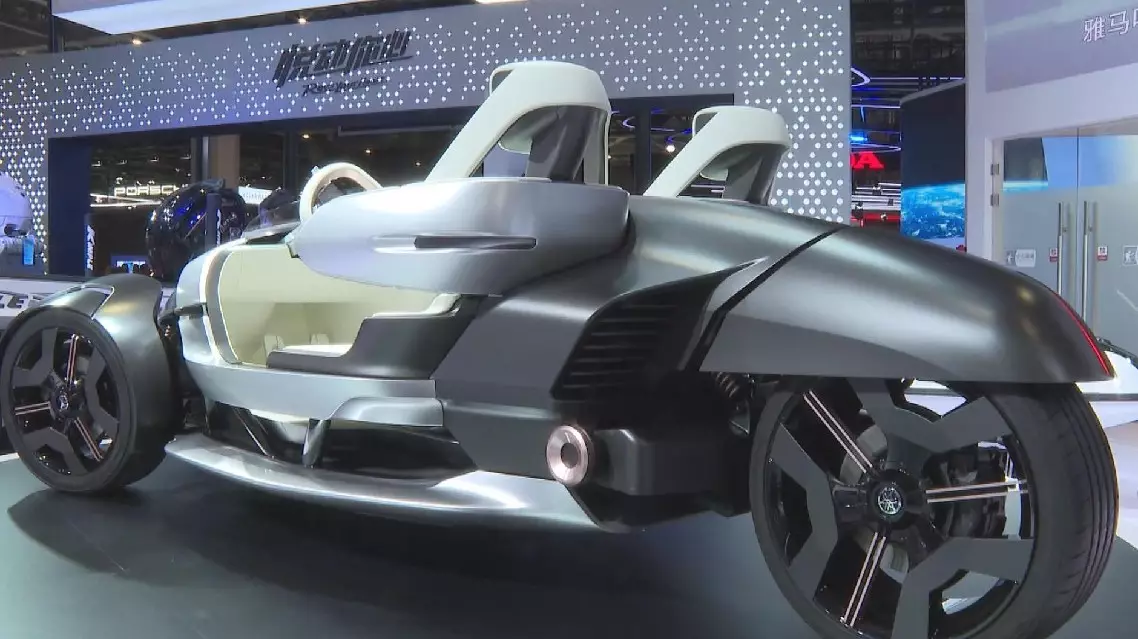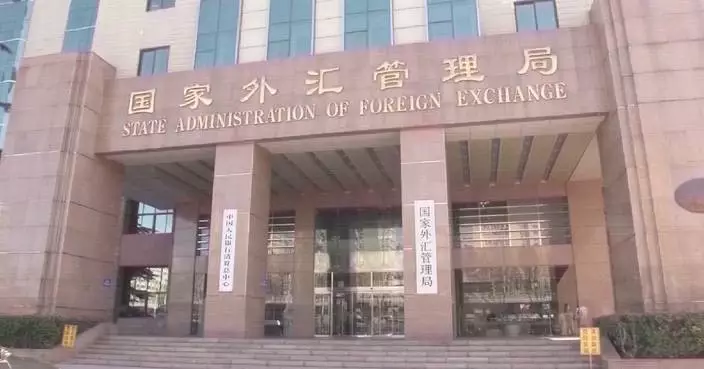Fundamental changes are taking place quietly, in the sprawling halls of the ongoing CIIE's Future Mobility area modern innovators are re-imagining how humanity travel on smarter carriers with more fun and less harm to planet Earth.
At the seventh China International Import Expo (CIIE) this year, the automotive section dazzled with the theme "Mobility: Infinite Possibilities for the Future."
"Intelligence" has been a buzz word for many among the transportation tool exhibitors. A myriad of intelligent transportation methods and groundbreaking concepts are on display, igniting the imagination about the future of travel.
One standout attraction is a special tricycle concept vehicle, making its debut in China. Such innovative design marries the stability of a four-wheeler with the agility of a two-wheeler, the exhibitor's staff said.
"We have installed a smart steering system which can switch between two driving modes based on road conditions. In this way, when turning around in the narrow space of the city, the vehicle would be very nimble at corners, and it drives with great pleasure," said Qin Hua, an exhibitor.
Beyond new technologies and concepts, novel materials are opening new horizons for automotive design.
In a corner of the exhibition, another exhibitor showcases what might be the future of automotive architecture - a skeleton of pure carbon fiber which weights merely 206 kilos, less than tenth of a luxury family sedan.
"This is the first full carbon fiber body skeleton in China. The frame accounts for 80 percent of the body volume, but only one-tenth of the body weight. Compared with traditional aluminum bodies, the carbon fiber one can reduce the weight by more than 30 percent, which not only realizes lightweight, but achieves better security. This product has entered mass production at present, and carbon fiber is also being used more and more in low-altitude aircraft to help our future travel making more possibilities and imagination come true," said Chen Wenjin, the exhibitor.
Another key word of this year's car exhibits is "green." From plant-based seats to recyclable wheels and batteries, the ethos of sustainability permeates everything from car interiors to components. The future of mobility is not just smarter but greener too.
In the botanical garden of automotive innovation, a concept cockpit has also drawn great attention. Solar cells, thin as leaves, are integrated into its roof, harvesting energy much like photosynthesis. The energy can physically drive the car while powering the air conditioner and other electrical facilities.
"The middle of the roof is integrated with a thin film for solar power generation, and photovoltaic cells are placed around it. The cells enable green energy supply inside the car, which is not only environmental-friendly, but also able to extend the endurance range. It is estimated that the range can be increased by more than 2,000 kilometers each year," said Xu Wei, another exhibitor.
The seventh CIIE, taking place from Tuesday to Sunday in Shanghai, has drawn participants from 152 countries, regions, and international organizations, setting a new record with 297 Fortune Global 500 companies and other industry leaders scheduled to attend.

Smart, sustainable cars highlighted at CIIE to reshape future transit

Smart, sustainable cars highlighted at CIIE to reshape future transit









